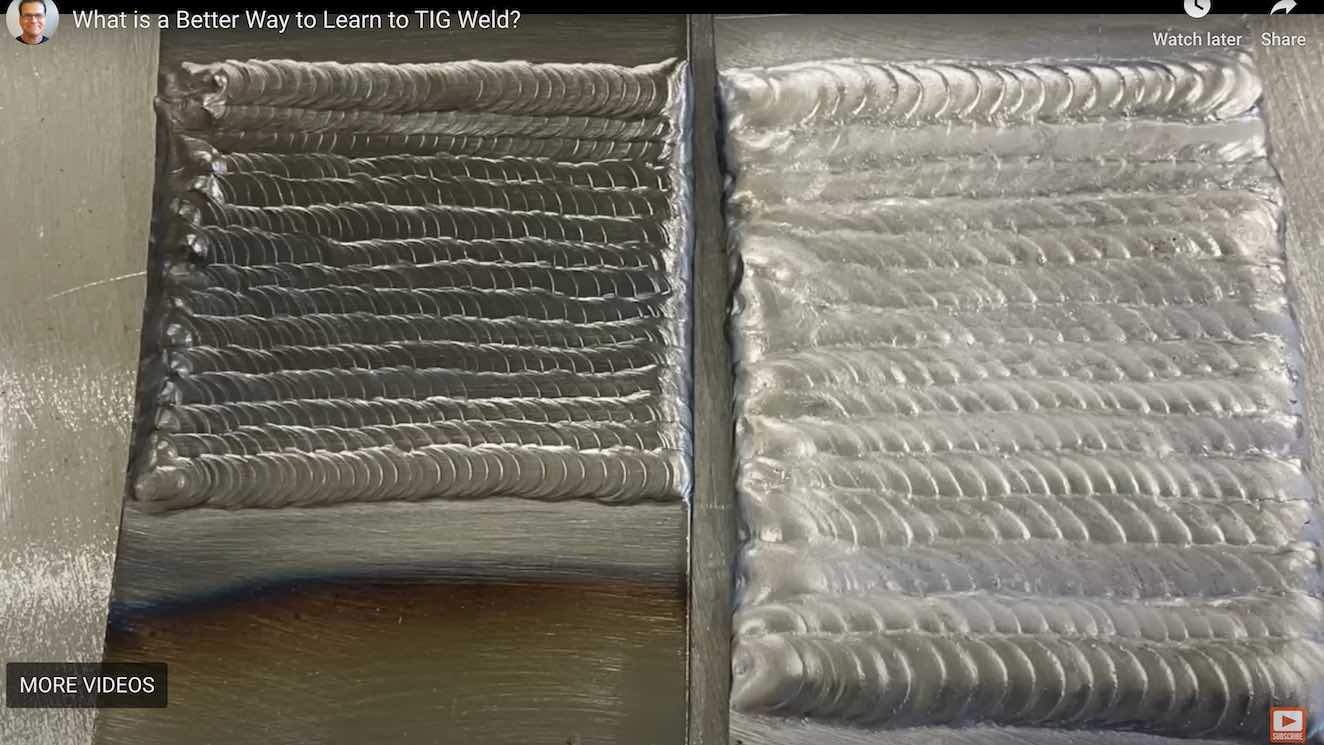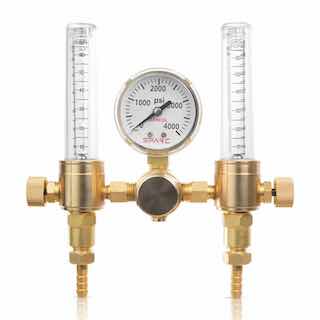GTAW - Gas Tungsten Arc Welding
TIG - Tungsten Inert Gas
- HOME
- TIG WELDING
- Gtaw

If you came here searching for info about GTAW aka TIG welding, you are in the right place.
There are hundreds of pages and videos here all about GTAW / TIG welding.
GTAW was first called heliarc, then TIG, and then Gas tungsten arc welding (GTAW).
You will hear it called by all three but on technical documents, you will most often see GTAW.
Did you know?...
*** We have a New TIG course learning system over at welderskills.com designed to help you learn faster, with less frustration, and with less metal.
***And that you will get Free Access to this $36.99 TIG course... included as part of your membership?
***And that you can watch as much as you like during your free week trial?
***Its Easy to sign up
Even easier to cancel ...no hoops to jump thru.
No Ads, No BS style
Invest in yourself and sign up for the free test drive today.
### Brief History of GTAW Welding
#### Invention and Early Development
**GTAW (Gas Tungsten Arc Welding)**, commonly known as TIG (Tungsten Inert Gas) welding, was invented in the late 1930s to early 1940s. The need for a reliable welding process to join light metals such as aluminum and magnesium during World War II led to the development of GTAW.
1. **Origins in Aircraft Manufacturing**:
- During the 1930s, the aerospace industry required a welding process capable of creating high-quality welds on lightweight and heat-sensitive materials. Traditional welding methods were not suitable due to excessive heat and oxidation issues.
2. **Development by Russell Meredith**:
- In 1941, Russell Meredith, working for the Northrop Aircraft Corporation, developed the GTAW process. He used a tungsten electrode to create an arc and an inert gas (initially helium, later argon) to shield the weld from atmospheric contamination. This process provided the clean, high-quality welds needed for aircraft manufacturing.
3. **Initial Naming as Heliarc Welding**:
- The process was originally called "Heliarc" welding due to the use of helium gas. Heliarc became a trademarked name but was later phased out as the technology evolved and the use of argon gas became more common.
#### Evolution to GTAW
1. **Standardization and Adoption**:
- As the process proved effective for welding various metals, it was standardized and widely adopted in multiple industries beyond aerospace, including automotive, shipbuilding, and manufacturing.
2. **Renaming to GTAW**:
- Over time, it was discovered that small additions of active gas like hydrogen had some benefits so "inert gas" was not always technically correct. So the welding industry sought to establish more standardized terminology. The American Welding Society (AWS) officially adopted the name **Gas Tungsten Arc Welding (GTAW)** to describe the TIG process, emphasizing the use of a tungsten electrode and inert gas shielding.
#### Modern Usage and Advancements
1. **Technological Improvements**:
- Advances in power sources, shielding gases, and electrode materials have continued to enhance the GTAW process, making it more efficient and versatile.
2. **Applications**:
- GTAW is now used in a variety of applications, from precision welding in medical device manufacturing to heavy-duty welding in power plants. Its ability to produce clean, high-quality welds makes it a preferred choice for critical and aesthetic applications.
### Summary
GTAW welding, initially developed in the early 1940s by Russell Meredith for the aerospace industry, was originally known as Heliarc welding. The process was renamed Gas Tungsten Arc Welding (GTAW) by the American Welding Society to reflect its key components and gained widespread adoption across various industries. The alternative name TIG welding highlights the use of tungsten electrodes and inert gas shielding, which remain fundamental to the process today















